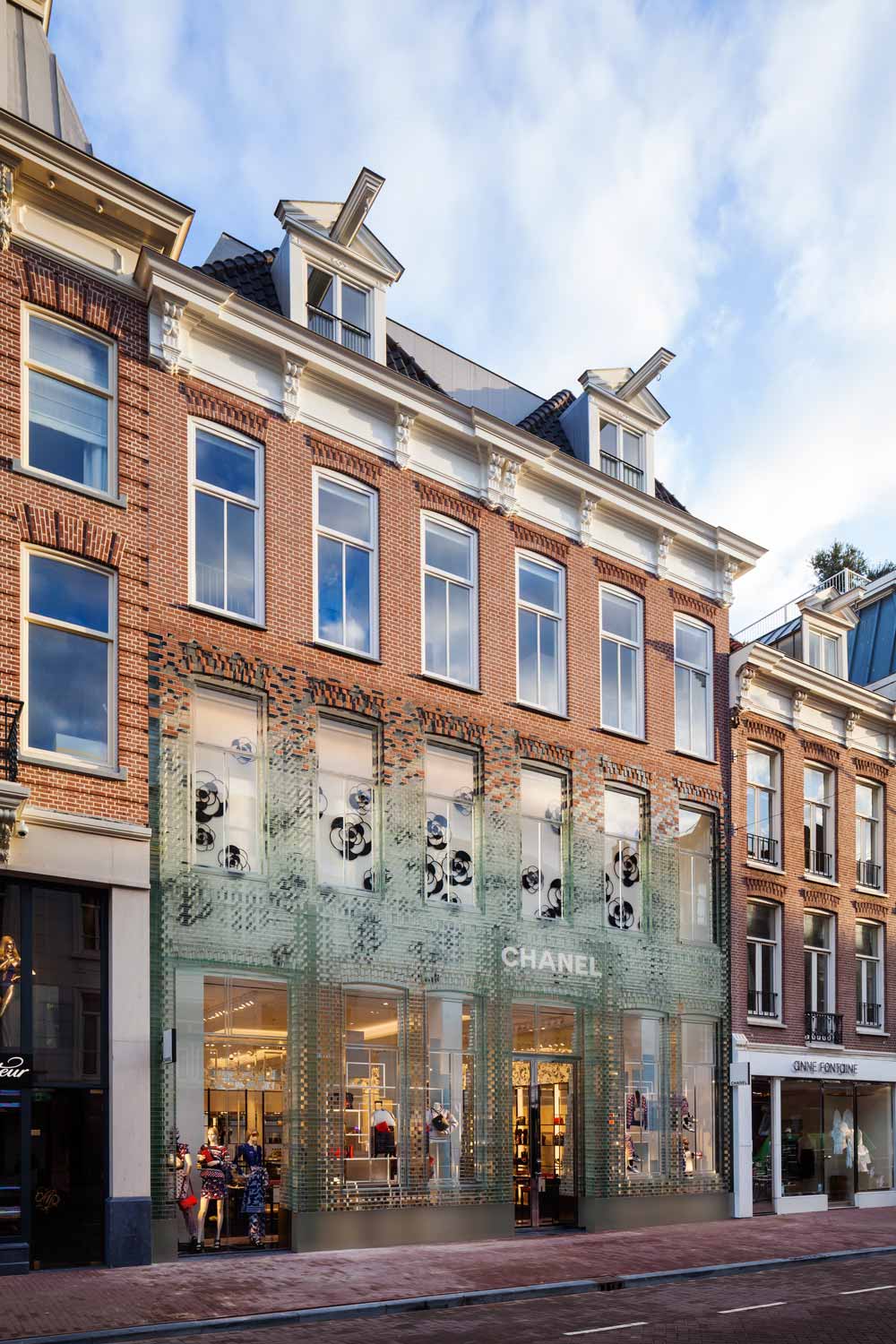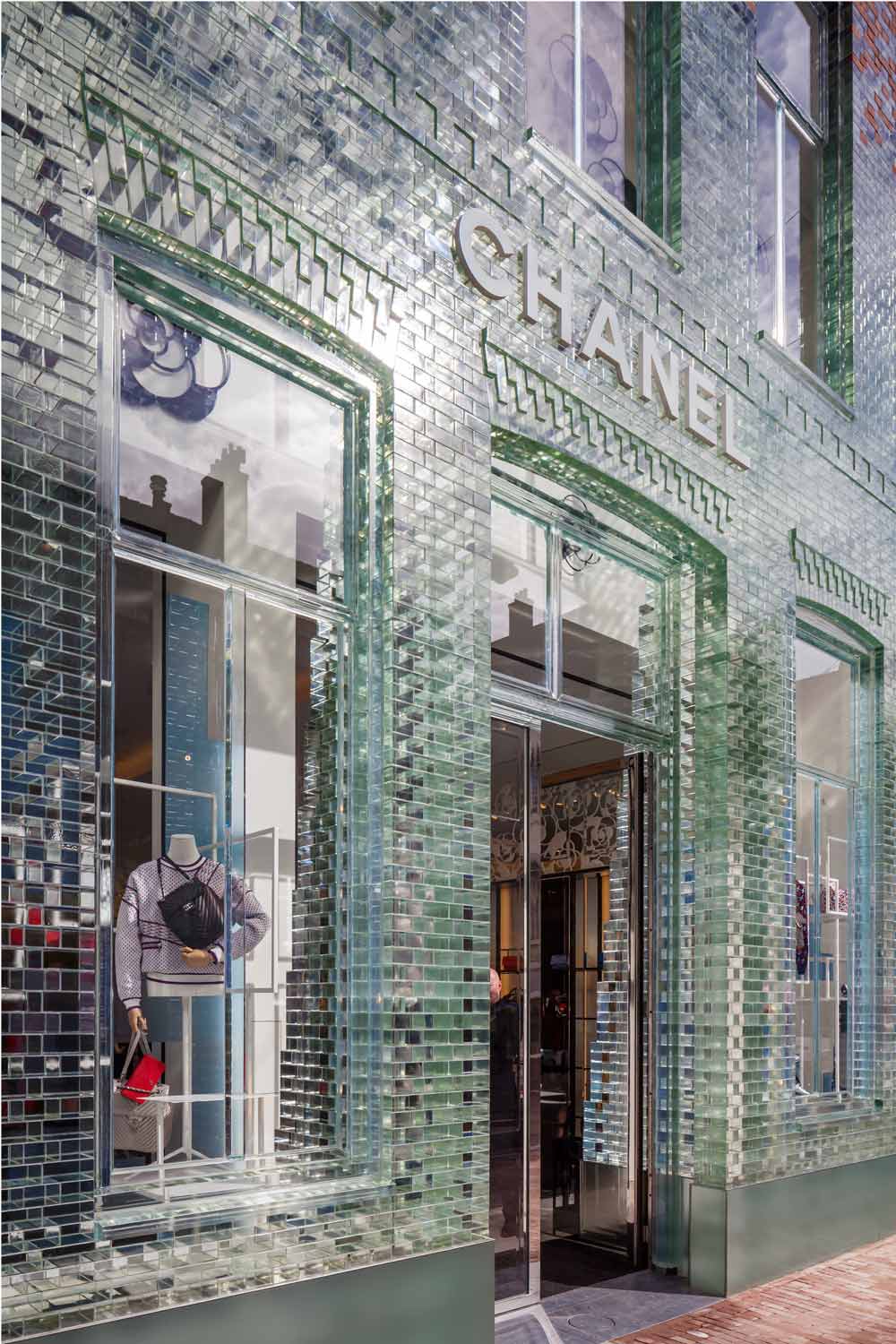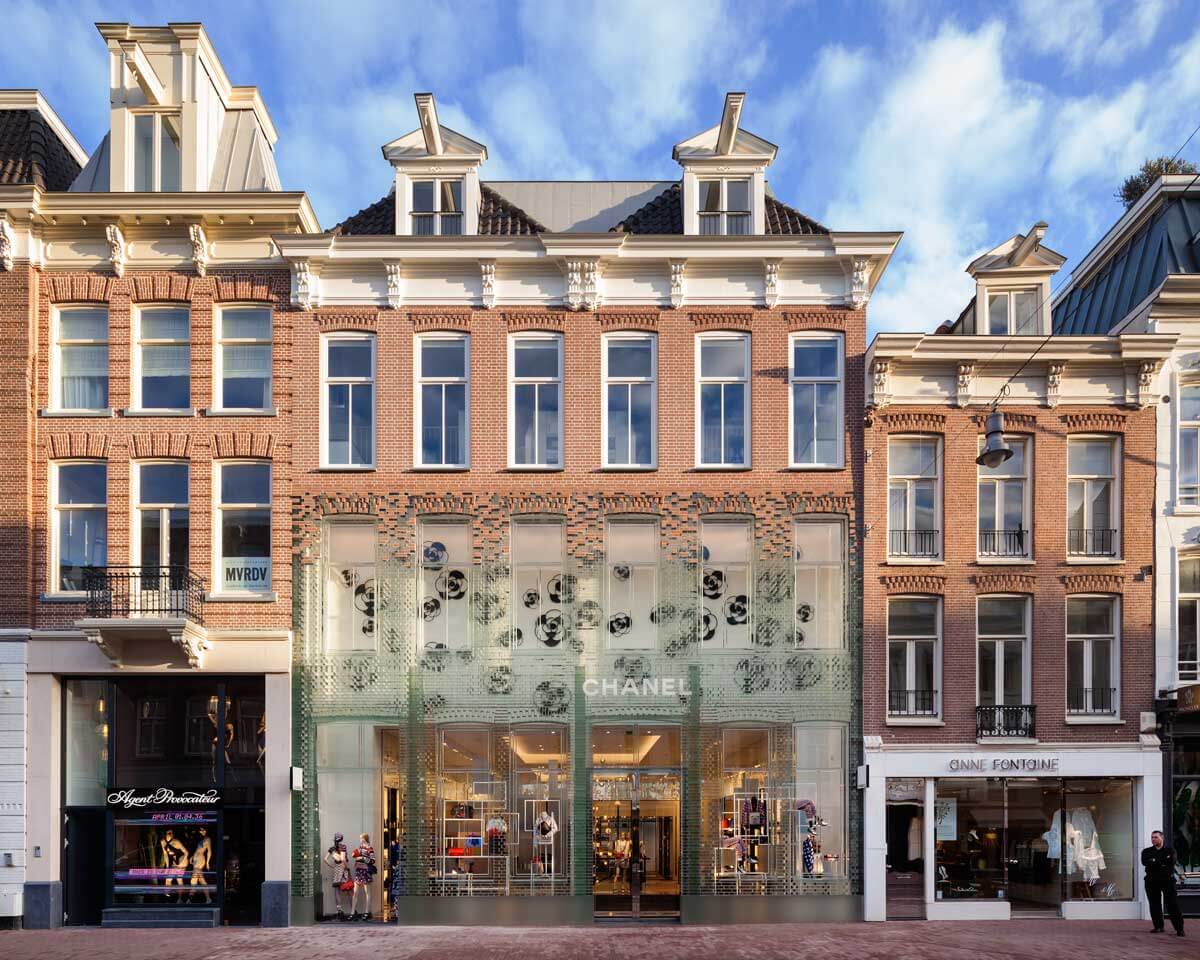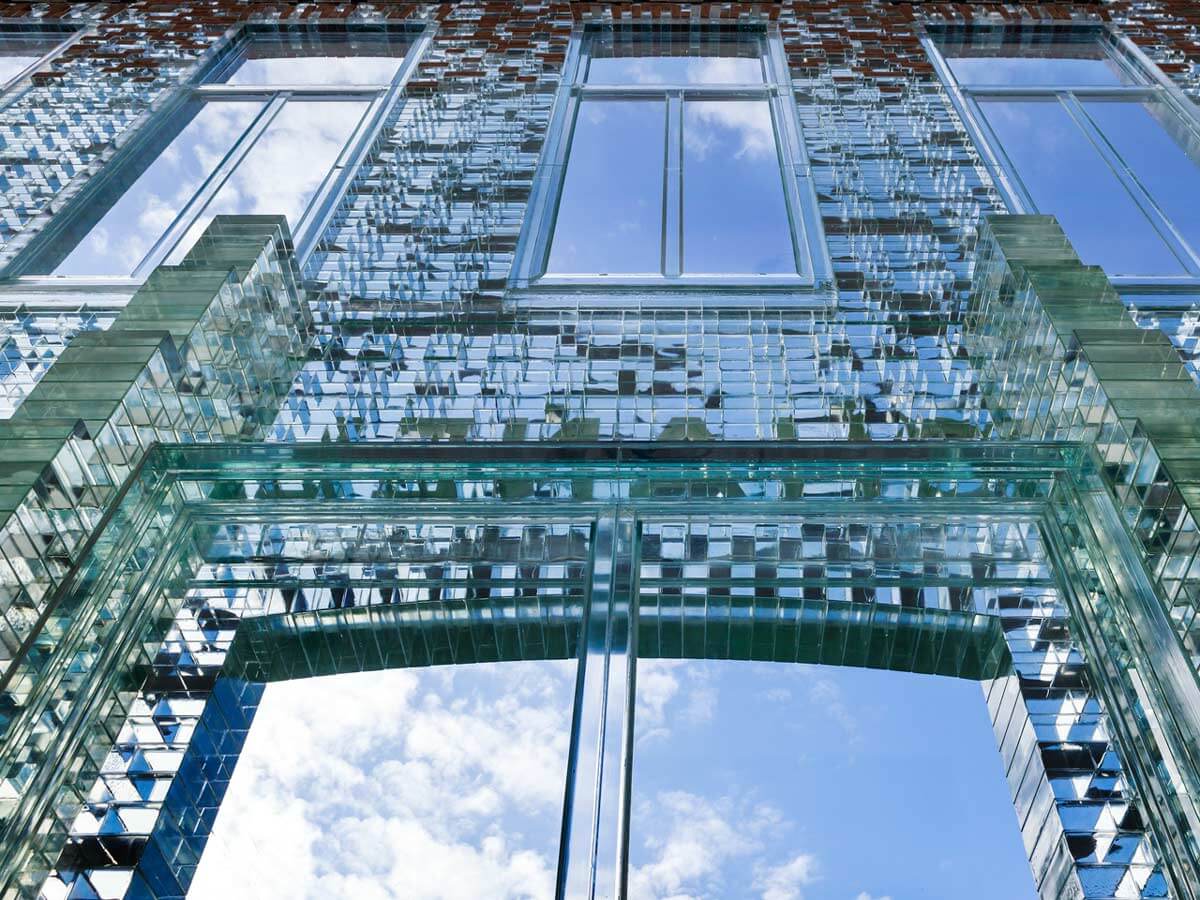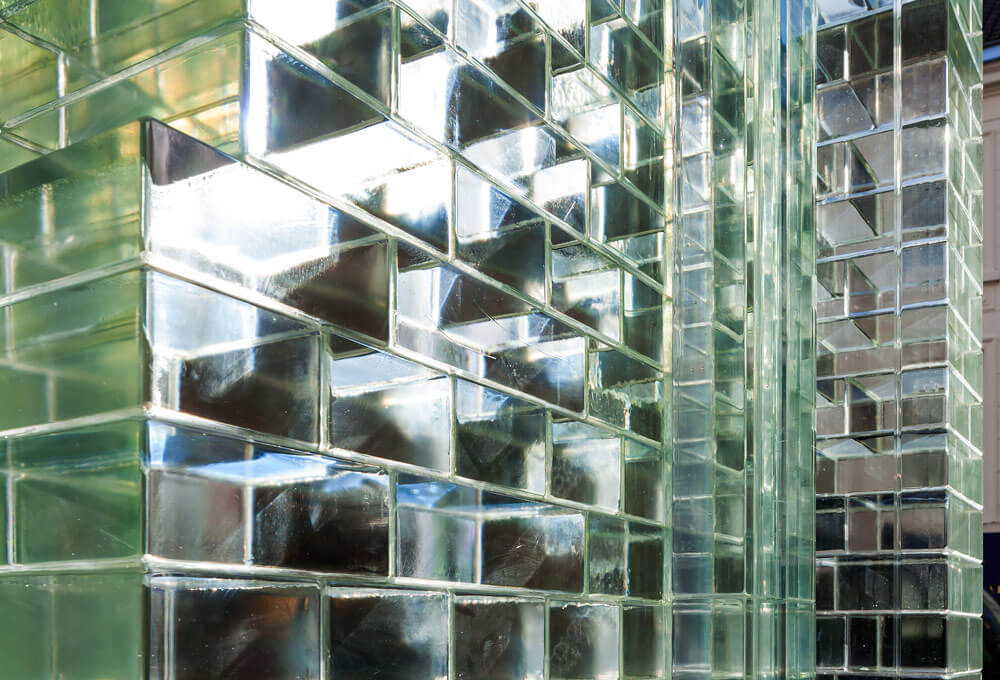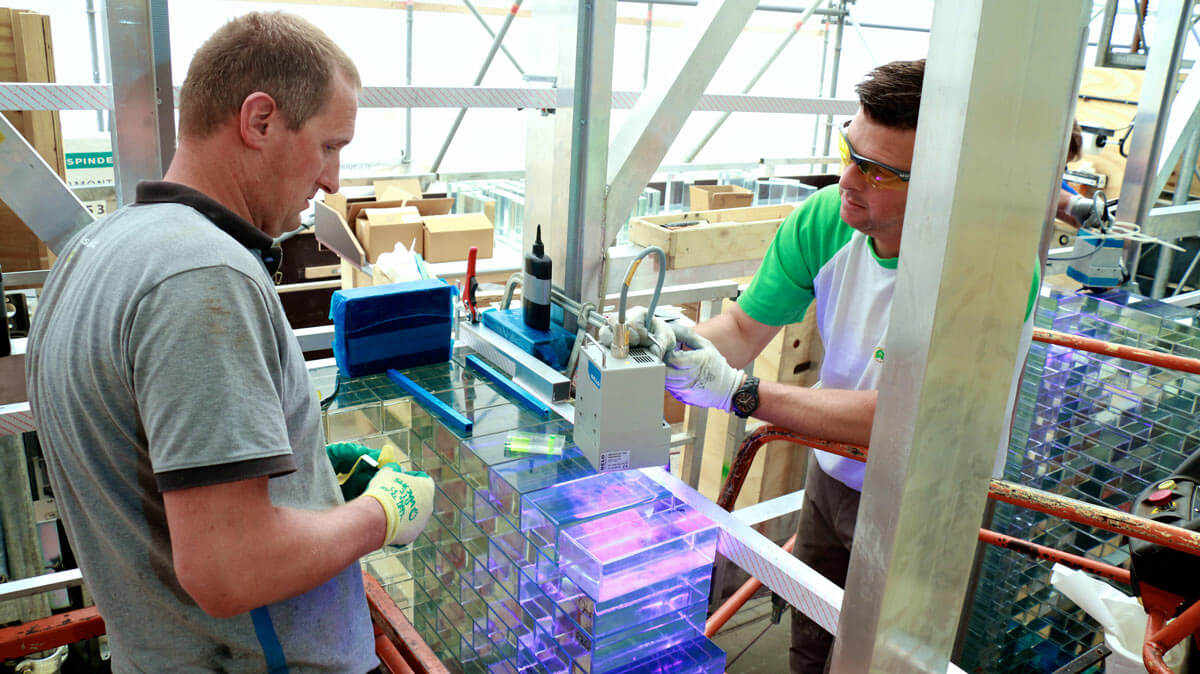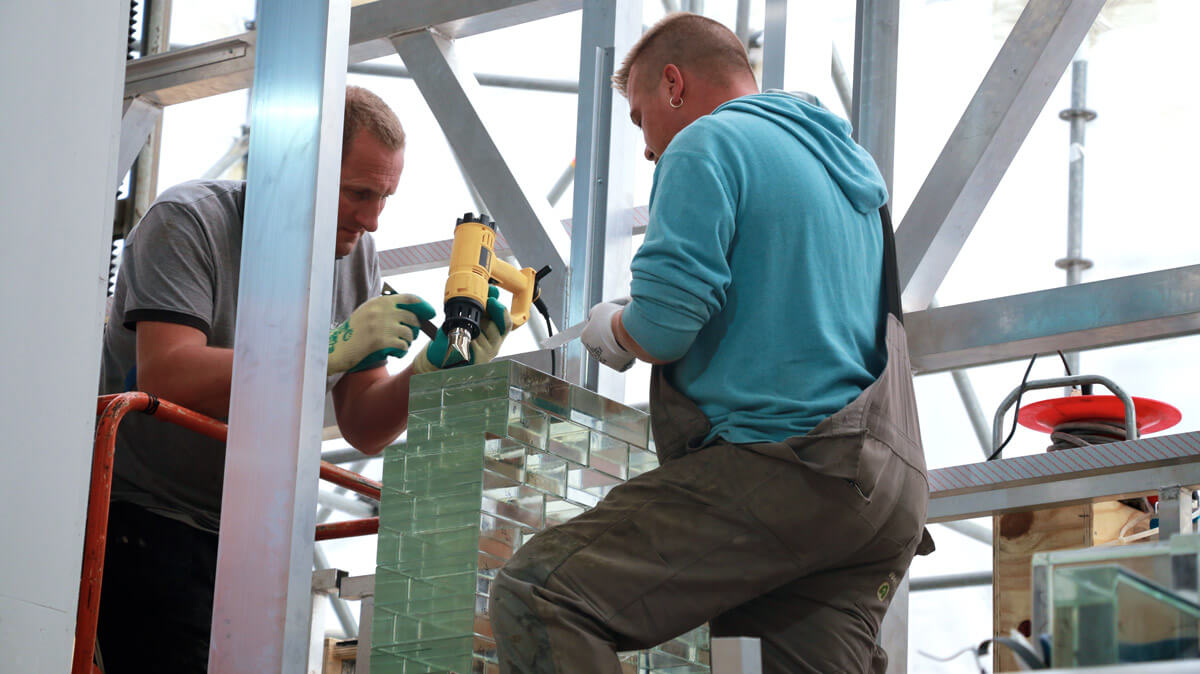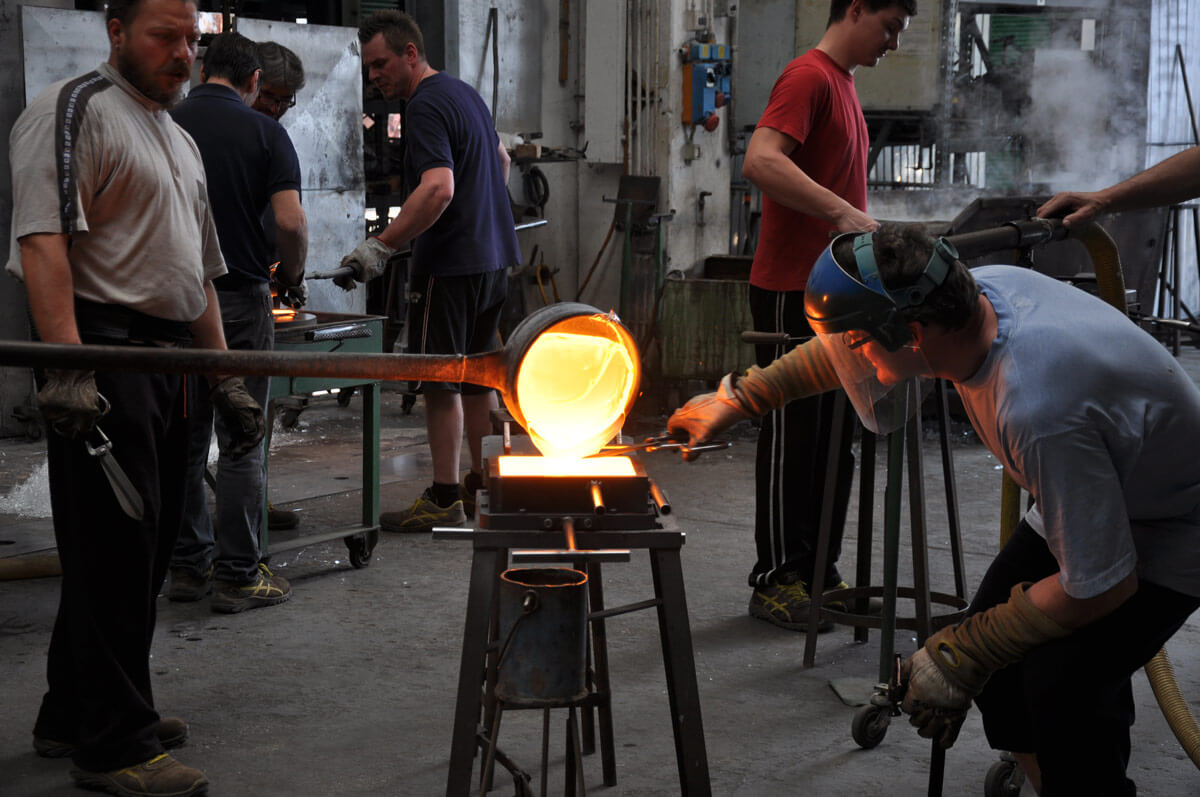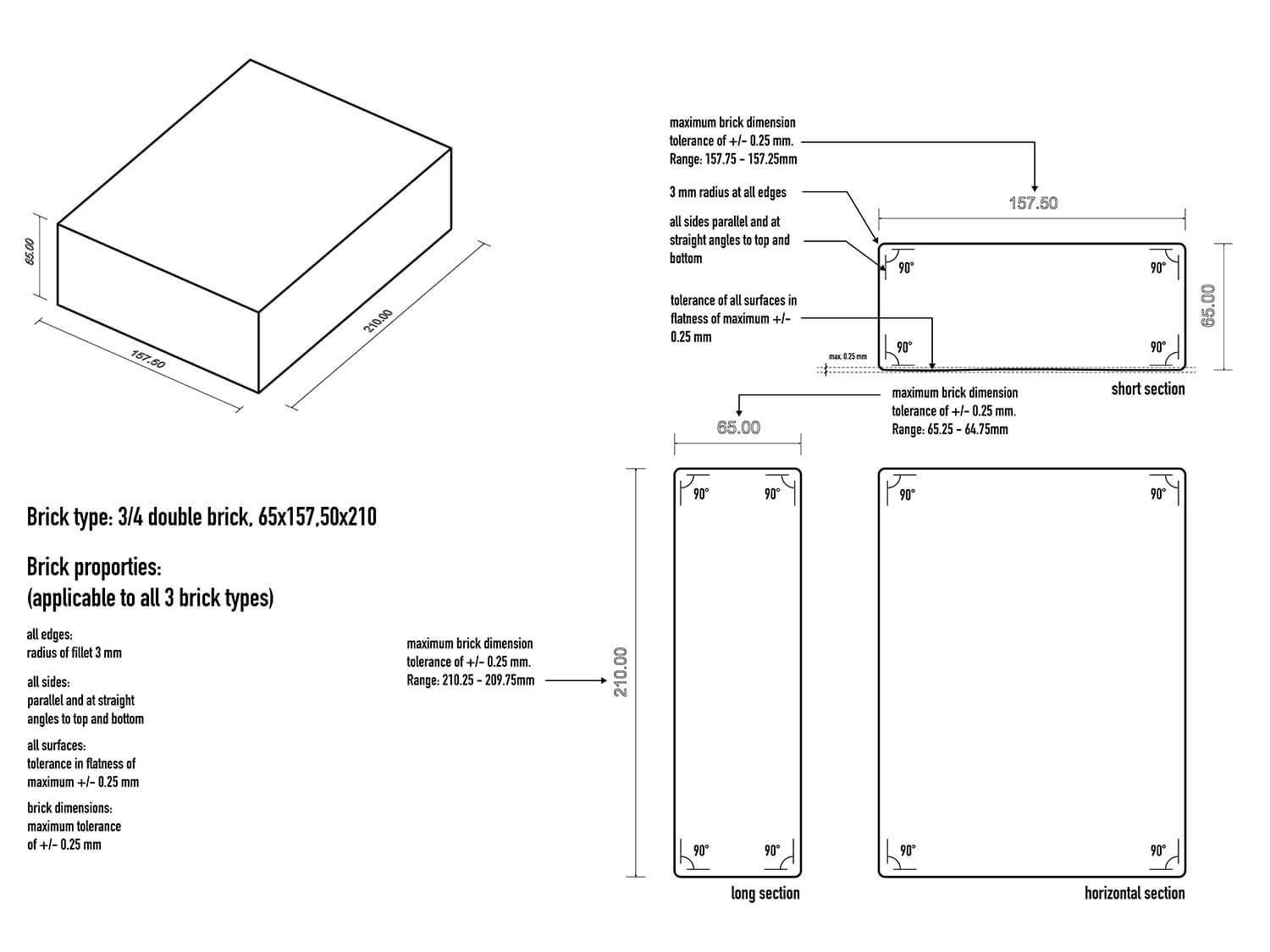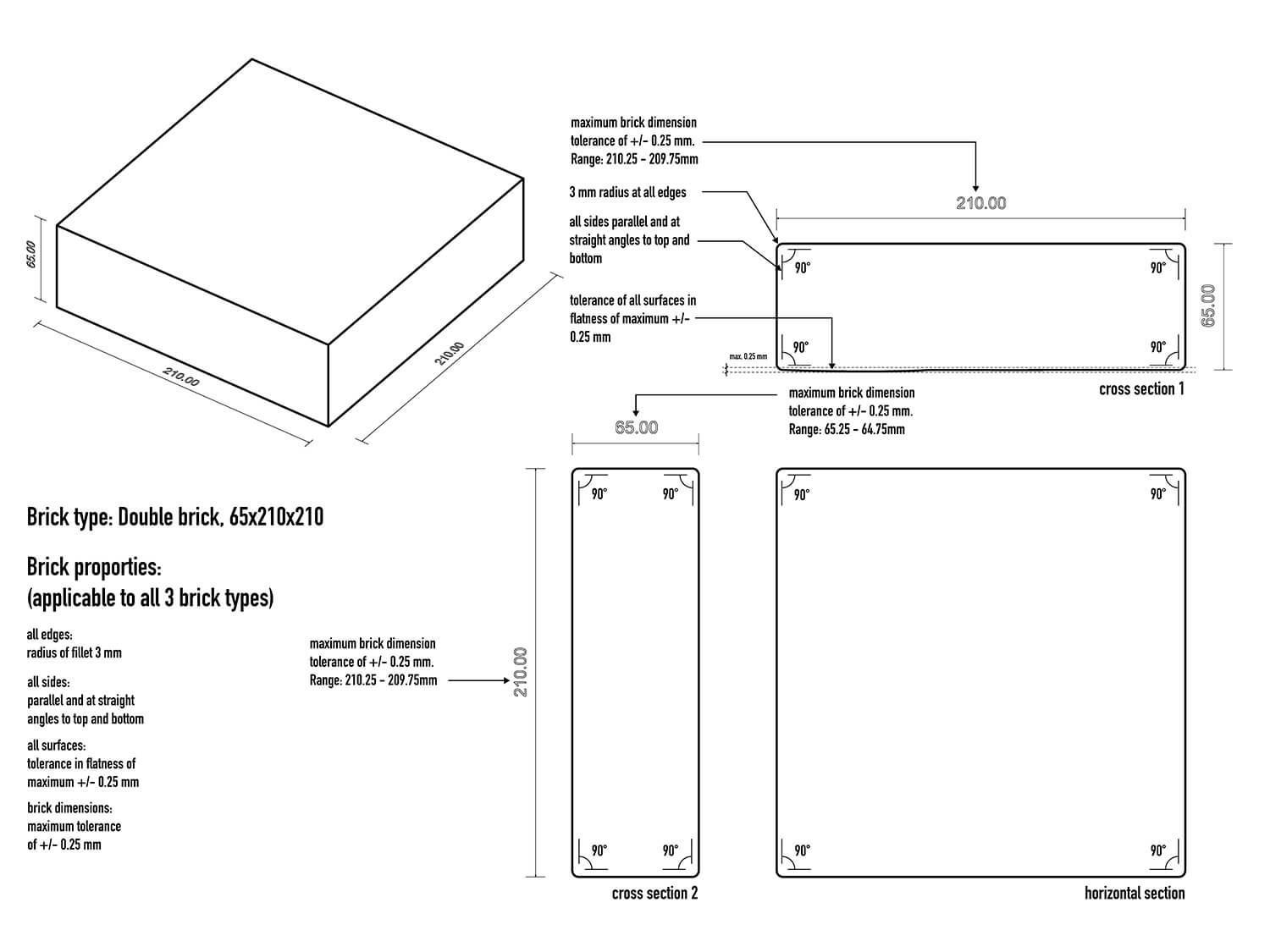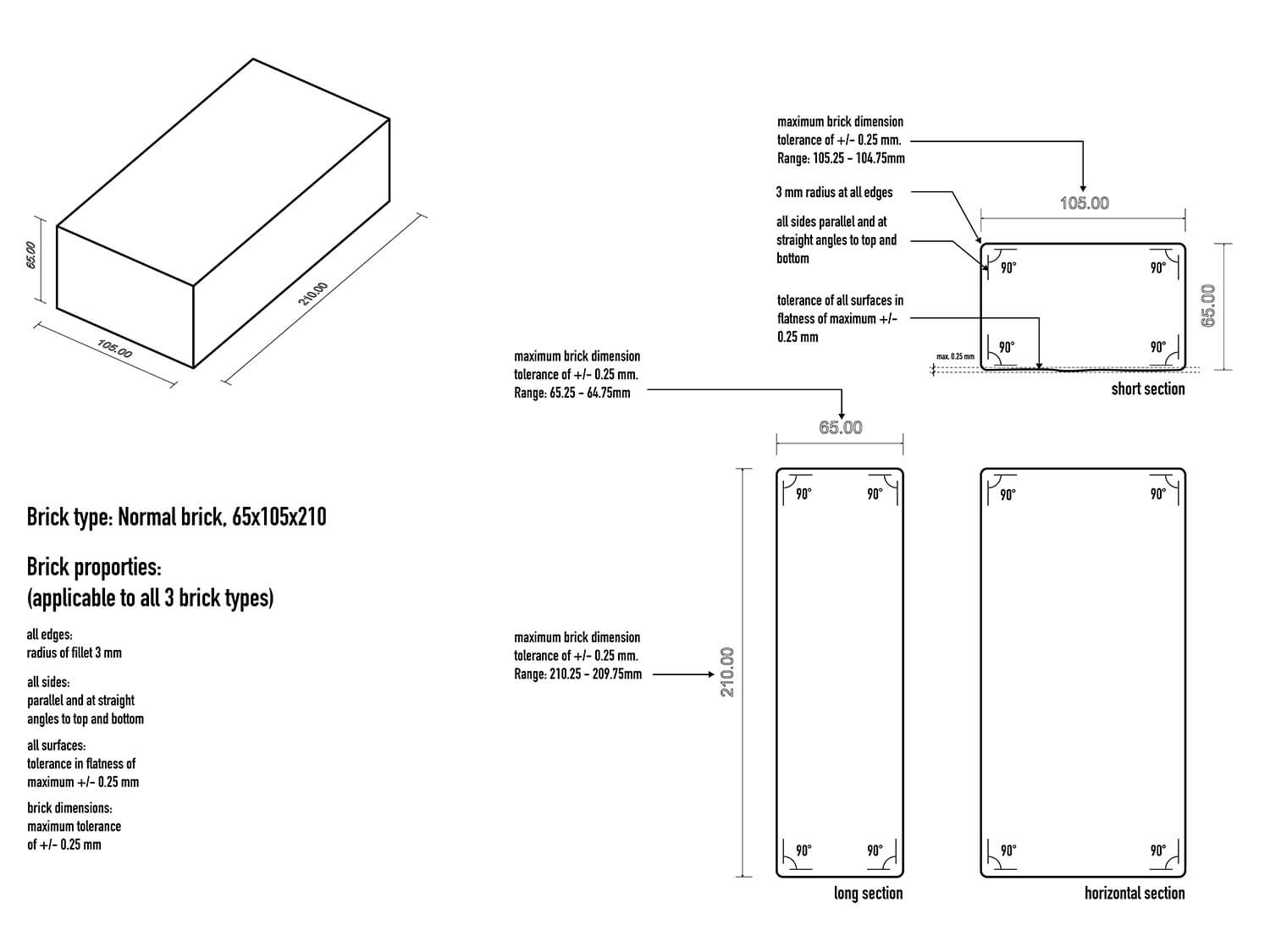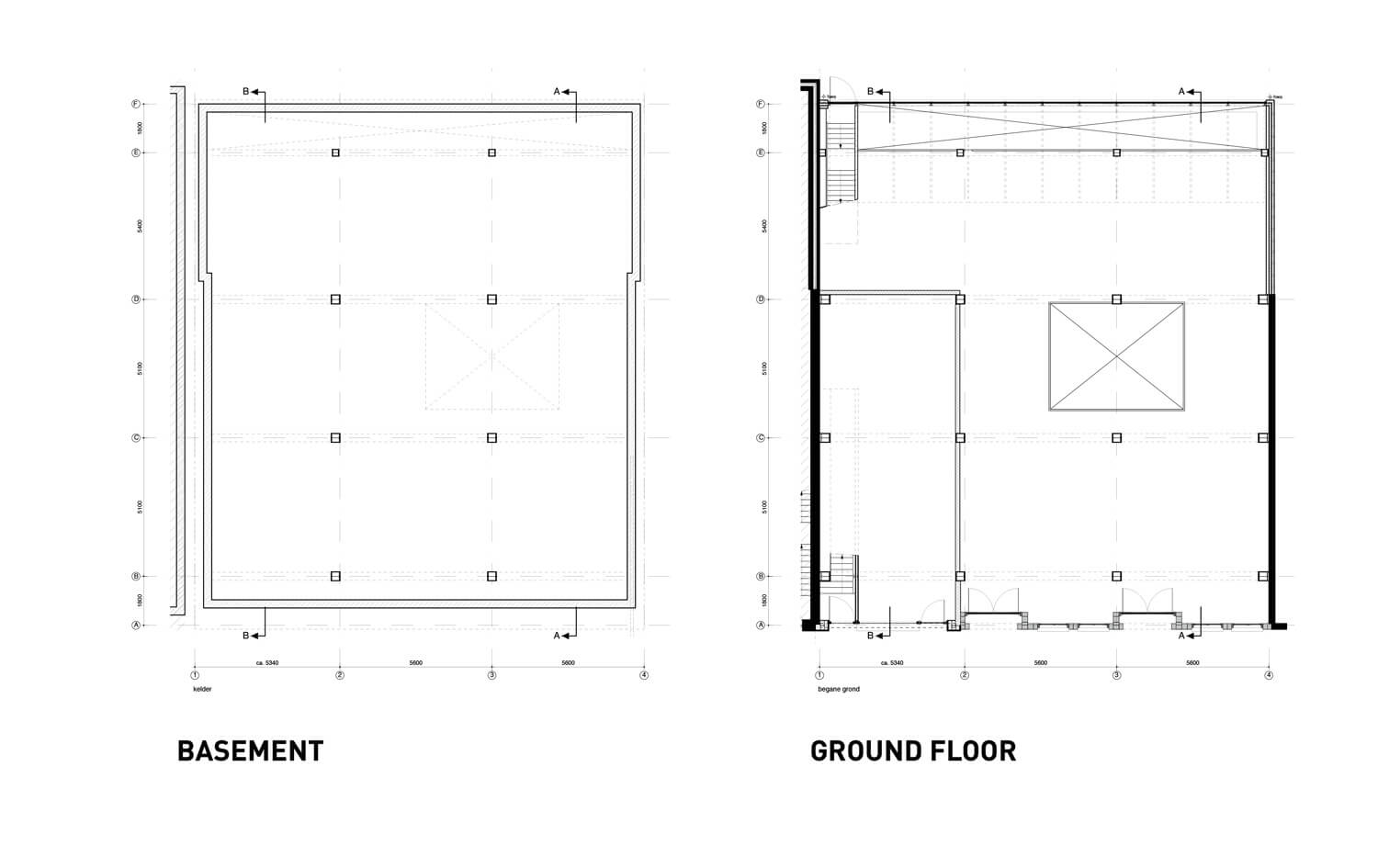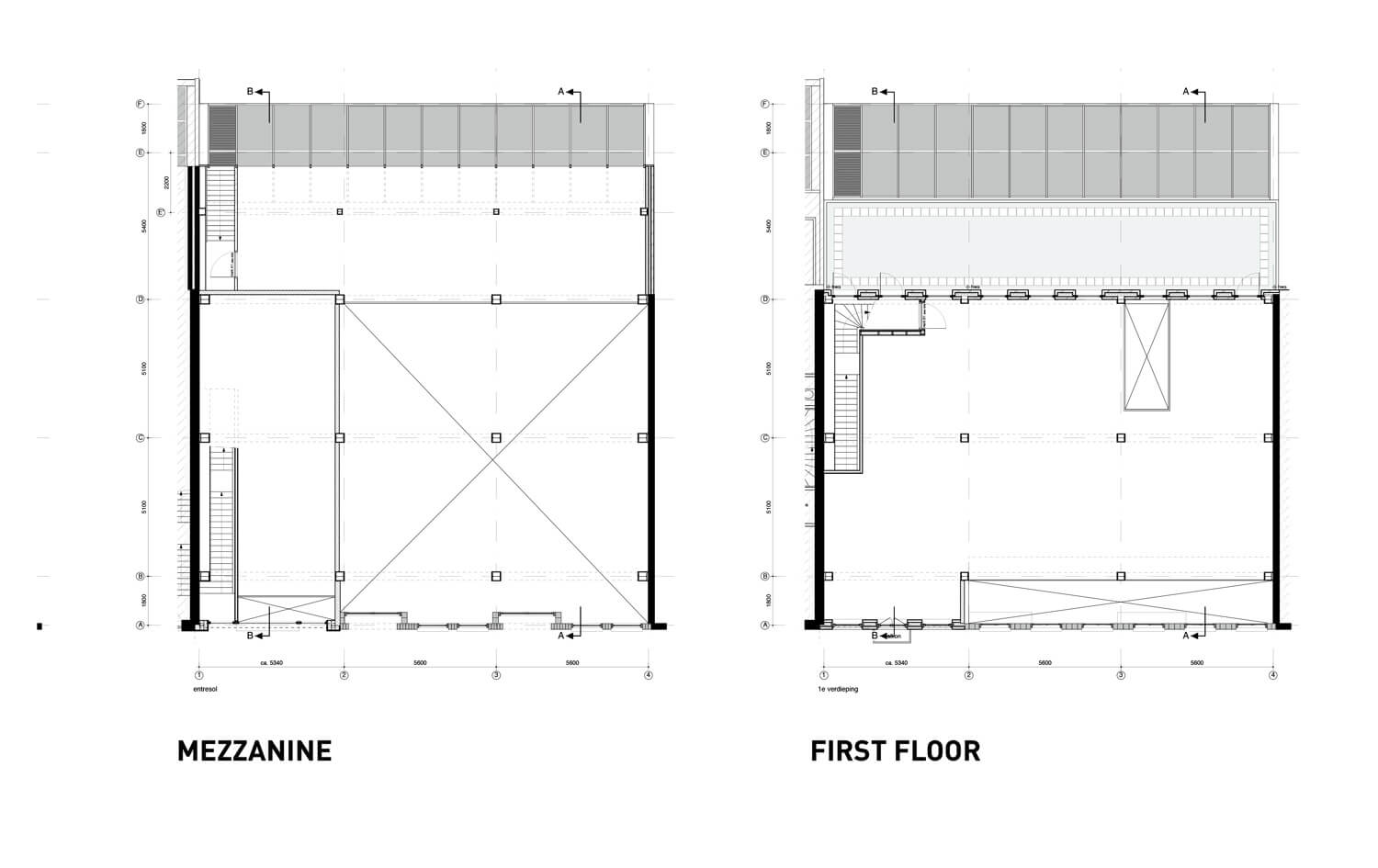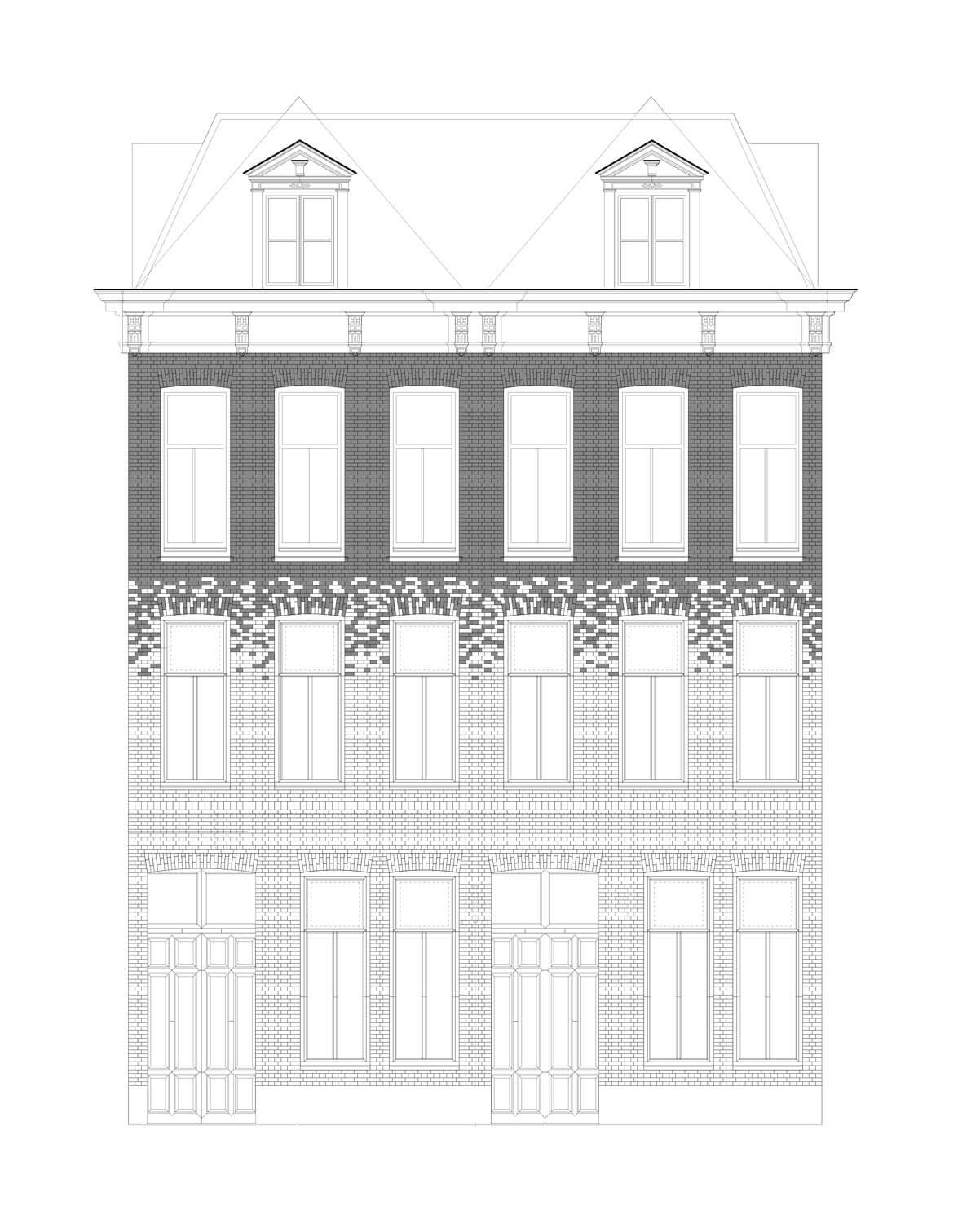Crystal Houses / MVRDV
Crystal Houses / MVRDV
Location
Placed in between Amsterdam’s famous museum area and the popular Vondel Park, P.C. Hooftstraat is currently known as The Netherland’s most expensive shopping street. Over the course of decades, it has transformed itself from sober social housing to a high-end shopping experience.
Context
But this change has come at a price. Modern shop fronts do not always match well with 19th century facades and designs. Ground floors had to be opened up towards the street, adjusted and sometimes removed altogether. The charm of the street was lost during this phase of transformation, however, much of the past still exists in the old facades and in their ornaments.
But now, a new challenge has arrived. Modern day shopping districts of international allure thrive on the presence of flagship stores. Brand HQ’s that draw in the public with outspoken architecture and large shop windows with great flexibility. What does this mean for the P.C. Hooftstraat? Can these new requirements be met within the street’s character? How can it adjust to this development without losing even more of its heritage?
Description
The two houses number 94 and 96 had been assigned for demolition by the government. Two new volumes, loosely based on the surrounding architecture were planned for the two plots, characterized by large window openings at street level to accommodate the demands of the retailers. The historic facade would have been erased.
At that moment MVRDV was asked to assist the design process with the objective to make the two buildings more unique. Could the facade design increase the size of the shop window to draw more attention to itself and that would appeal more to consumers? In other words, could we make these volumes function like a modern flagship store?
Materials
The solution lay in combining the past and present. By ‘crystallizing’ the bricks, the wooden windows, the sandstone plinth and even the mortar of the original facade, the historic qualities could be retained and at the same time meet the new requirements with regards to transparency and uniqueness. With this glass imprint, a link is made between a contemporary material and the historic facade.
Diagrams
Drawings
Extra info
Date of completion:
April 2016
Area:
840.0 sqm
Manufacturer glass bricks:
Poesia



